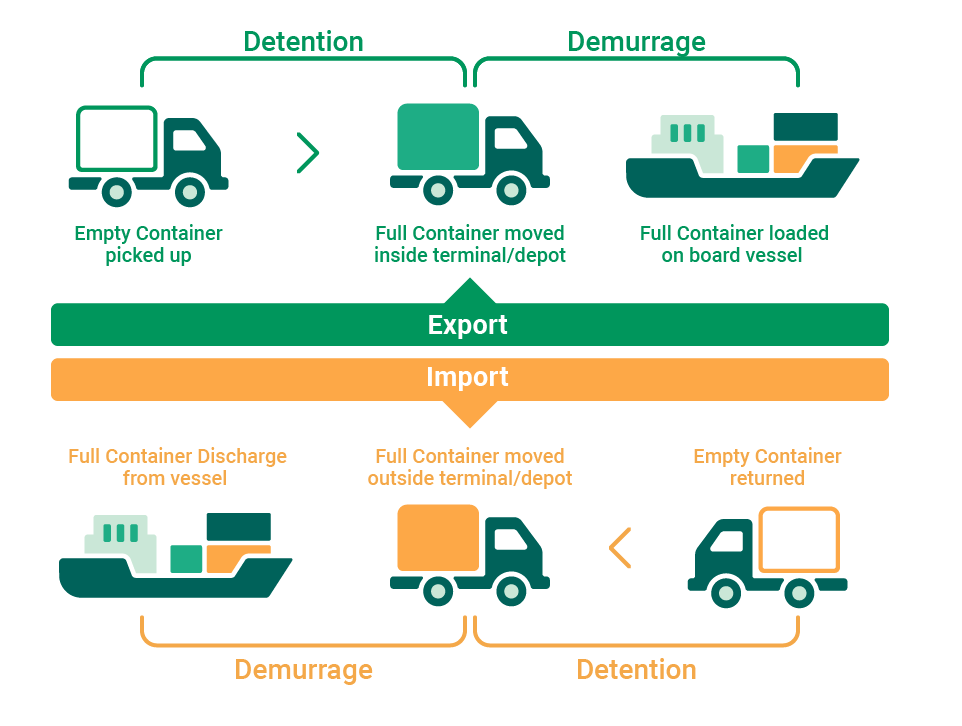"Free time Detention"
Detention takes place when a consignee holds on to the container for a carrier but that container is physically located outside of the terminal, the Depot, or the port. The same timeline applies here such that the container has been stored beyond the allotted free time. With imported containers, it does not matter if the container is empty or full. If it is still in possession of the consignee and is not returned in the provided length of time, it faces detention.
1₫
Hình thức học: Online
Giáo trình: 1 bài giảng
Cấp chứng nhận hoàn thành
Đăng ký khóa học
"Free time Detention"
1₫



